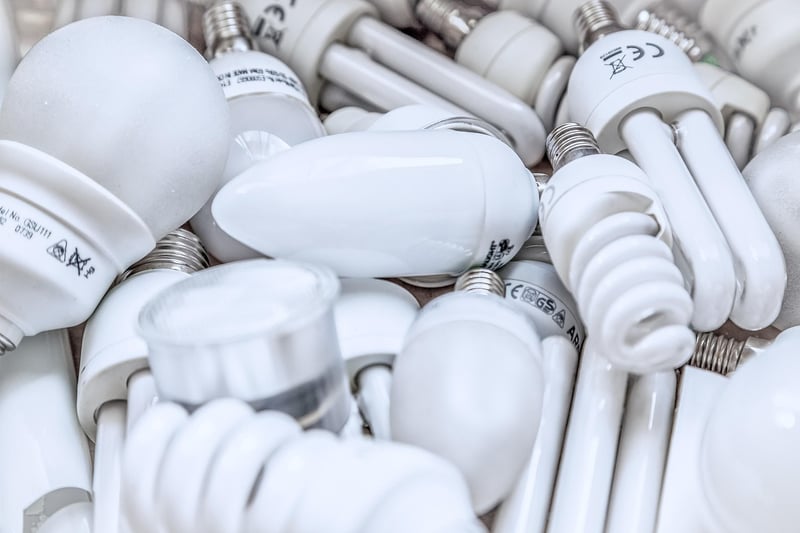Waste Reduction Strategies
#Tips
#Reuse
#Waste Reduction
Advice and Hacks for Effective Upcycling + Waste Reduction Strategies
The Importance of Upcycling and Waste Reduction
Upcycling and waste reduction are crucial practices in today's world to minimize environmental impact and promote sustainability. By reusing materials and reducing waste, we can lower our carbon footprint and contribute to a cleaner, healthier planet.
Upcycling Tips and Tricks
- Get creative with old jars and containers by turning them into planters or organizers.
- Repurpose old clothing into new fashion items or cleaning rags.
- Turn empty cans into pencil holders or candle holders.
- Use glass bottles as decorative vases or lamps.
- Transform wooden pallets into furniture or garden planters.
- Combine different materials to create unique upcycled pieces.
Waste Reduction Strategies
Reducing waste is key to a sustainable lifestyle. Here are some strategies to minimize waste:
- Avoid single-use plastics by opting for reusable containers and bags.
- Buy in bulk to reduce packaging waste.
- Compost organic waste to create nutrient-rich soil for plants.
- Donate or sell items you no longer need instead of throwing them away.
- Repair items instead of replacing them to extend their lifespan.
Benefits of Upcycling and Waste Reduction
Embracing upcycling and waste reduction practices offers several benefits:
- Reduces landfill waste and environmental pollution.
- Conserves natural resources by reusing existing materials.
- Saves money by repurposing items instead of buying new ones.
- Fosters creativity and innovation through DIY projects.
- Supports a sustainable lifestyle and promotes eco-conscious habits.
Conclusion
Upcycling and waste reduction are simple yet powerful ways to make a positive impact on the environment. By following these tips and strategies, you can contribute to a more sustainable future for generations to come.


